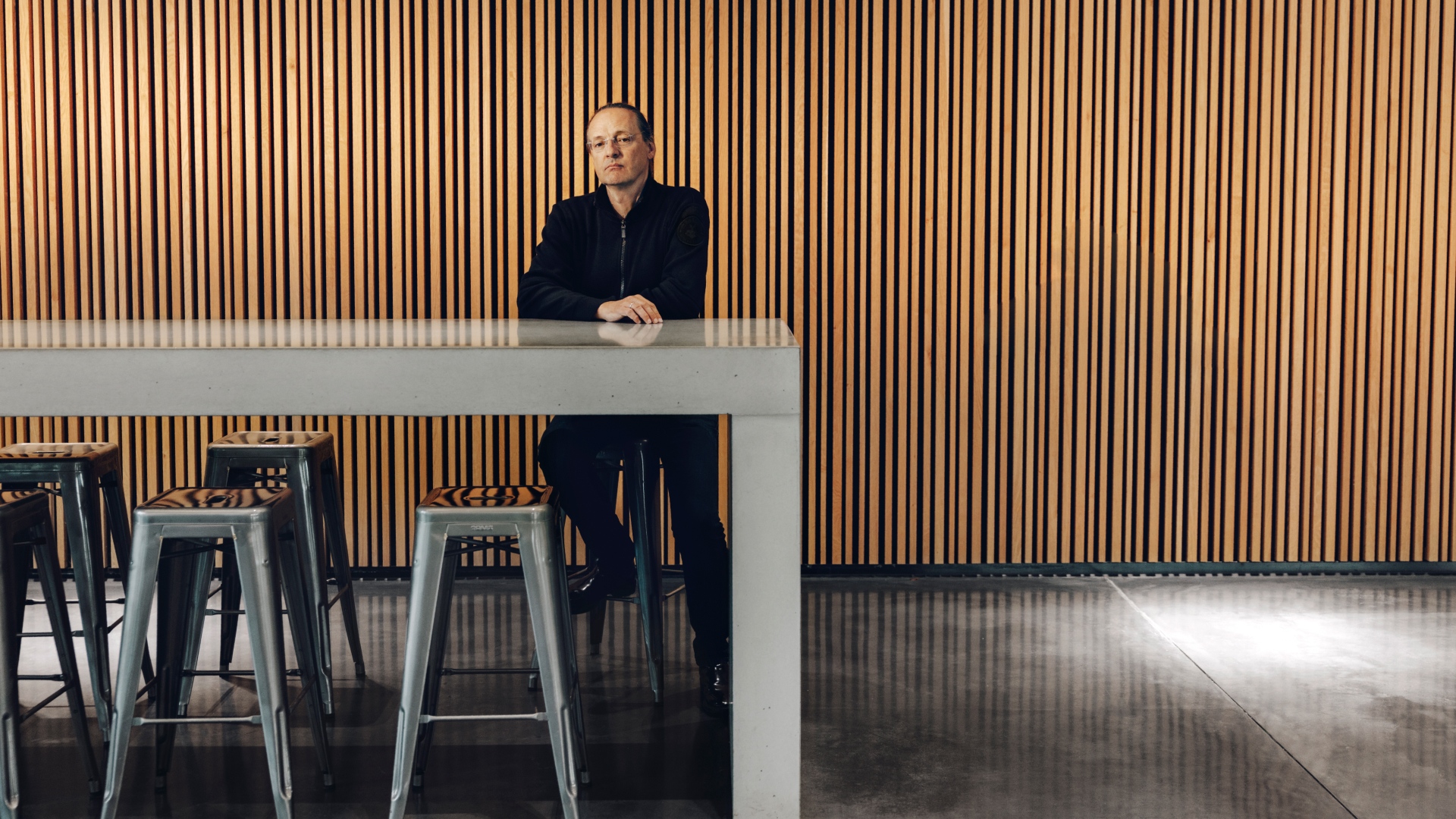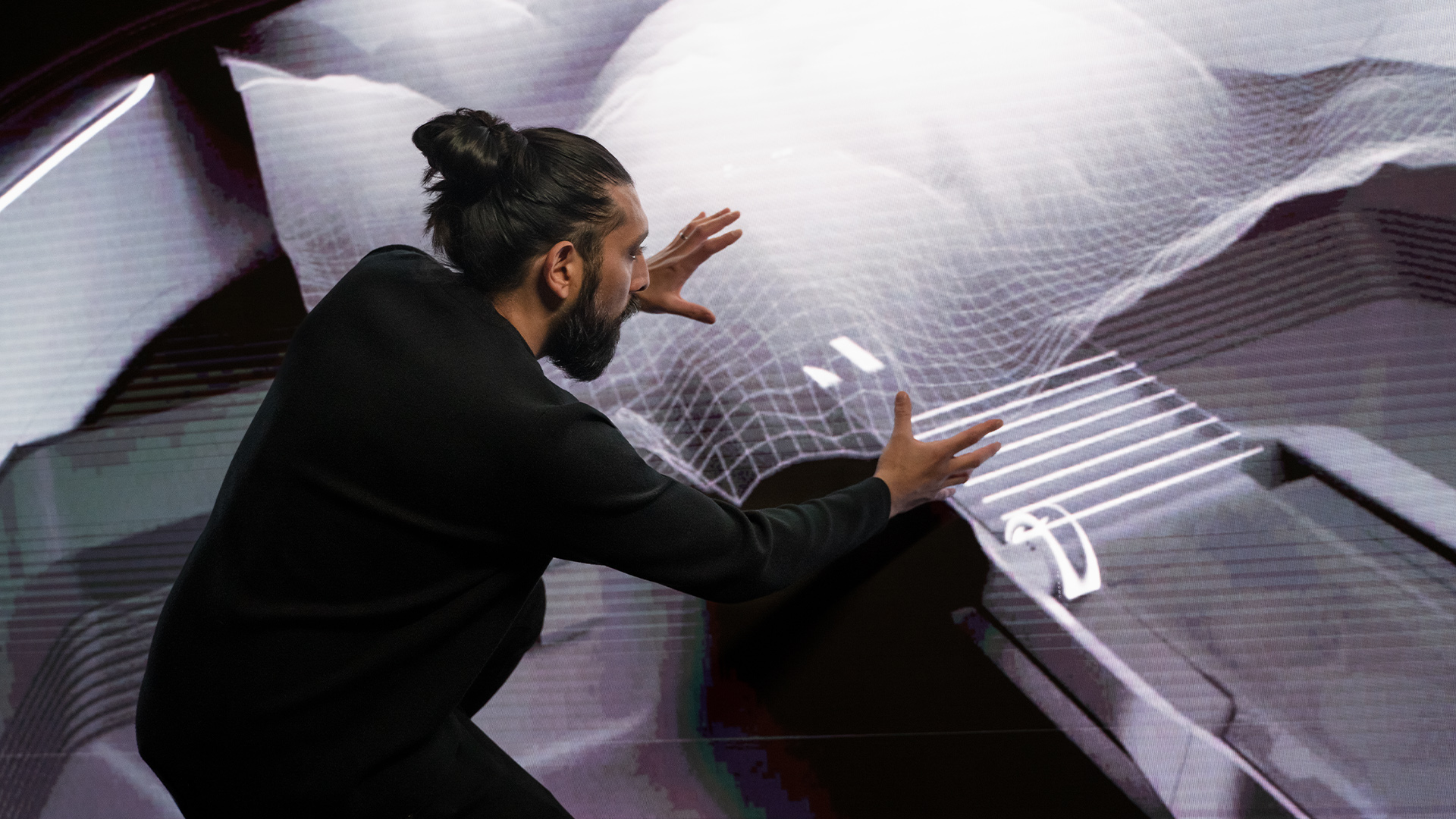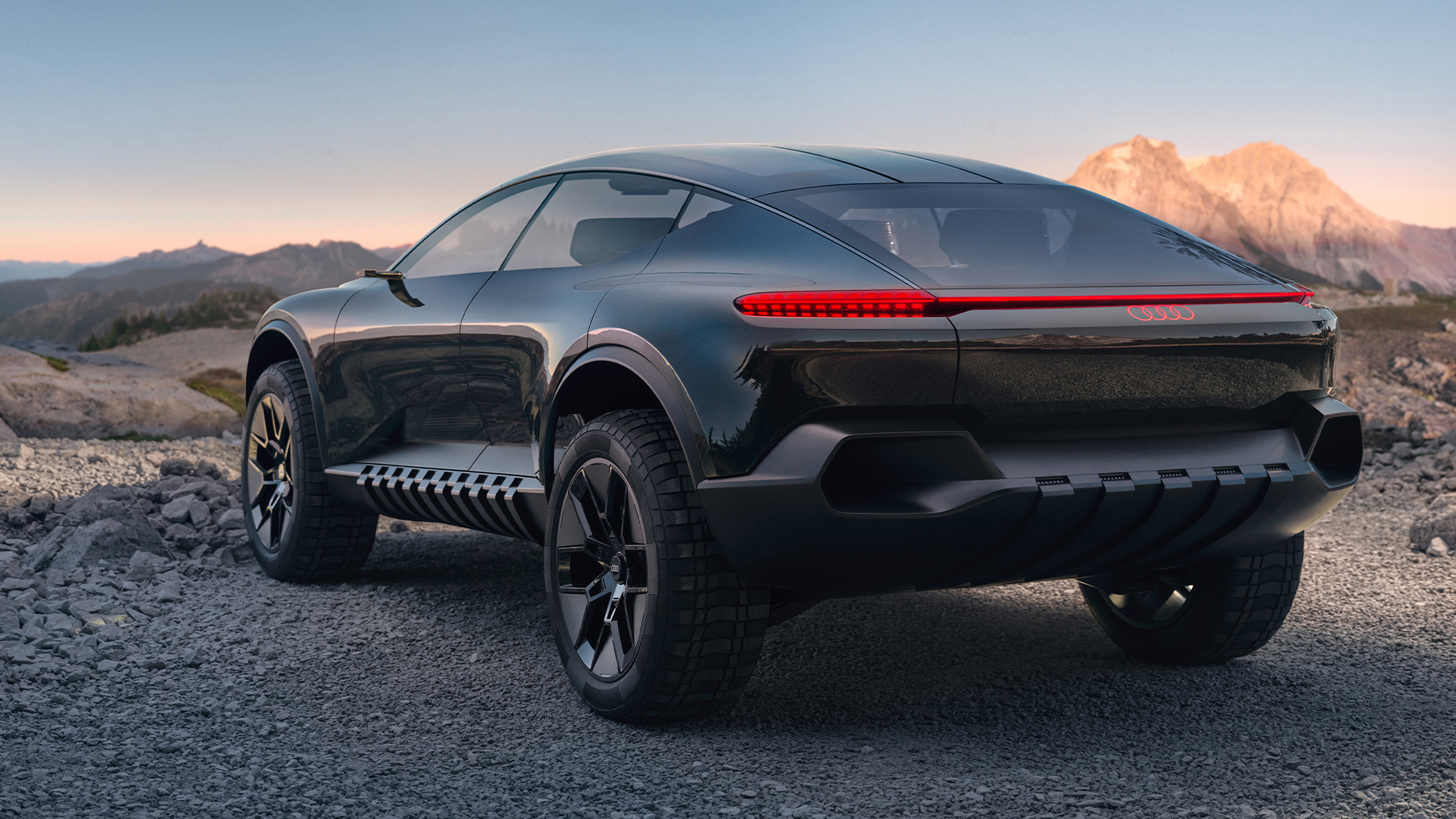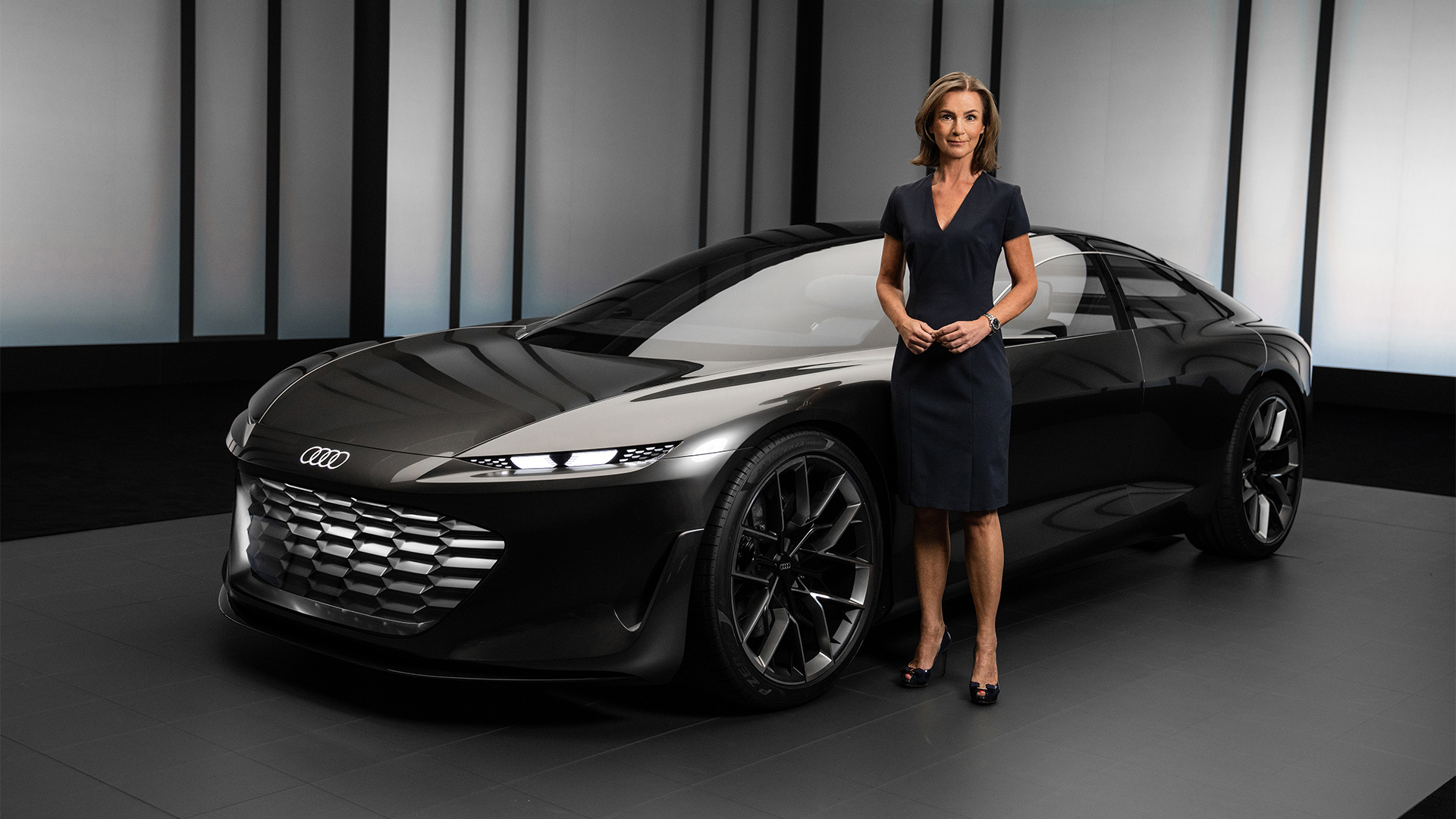The Audi urbansphere concept* is an oasis of calm in megacities that lends itself as a high-tech office, personal lounge or meeting space.

As part of the co-creation process, Audi designers shared their digital plans for the Audi urbansphere concept* with prospective customers and discussed them in virtual space.
As part of the co-creation process, Audi designers shared their digital plans for the Audi urbansphere concept* with prospective customers and discussed them in virtual space.
Marc Lichte, Head of Design Audi, admits, “I was a bit sceptical at first because I wasn’t sure how it would work. In designing a car, we always put the customer front and centre. But actually engaging with customers as equals in the process is something we’ve never done before.” This was also unchartered territory for Marius Kohlhepp, Head of Customer Insights & Trend Research at Audi: “It goes without saying that, also in the past, we responded to customer needs that came to light through market research. But we haven’t brought customers in right at the beginning of the process like this before. This time, we set store by doing things differently with a view to shifting our mindset.”
Thanks to a new vehicle concept, the brand with the Four Rings was able to tap into fresh approaches, such as co-creation, in designing the Audi urbansphere concept*. Since the concept car is purpose-built for commuting in China’s megacities, Audi co-opted a group of specially selected Chinese trend receivers and prospective local Audi customers in developing the design. Through this collaborative creative process, customers’ needs are consciously given pride of place from very early in the vehicle’s development.
To this end, the Audi design studio in Beijing staged three workshops. The participants in China gathered in person on site, while the colleagues from Ingolstadt logged on digitally to engage directly with the customers. As a result, impetus from the workshops was immediately fed into the process of designing the Audi urbansphere concept*. At the first meeting, the participants defined a shared vision. Based on this initial input, the Audi designers developed designs and sketches, which they then discussed in detail with the prospective customers at the second meeting. During the third workshop, the customers already got to experience the design in virtual reality. Although no physical model of the car existed, customers using VR glasses were able to take a seat in the car while the designers provided explanations.
The Chinese customers’ ideas focused above all on the interior of the Audi urbansphere concept*. That is because personal space is an especially scarce commodity in Chinese megacities, where vehicles function as a third living space alongside the home and workplace. With that in mind, the Audi urbansphere concept* was designed to serve as both a private lounge and a mobile workplace with extensive, high-tech functionality.

Initially, Marc Lichte, Head of Design at Audi, was sceptical about customer participation. But he was quick to change his mind.
“The entire Audi design team found the co-creation process exhilarating and inspiring.”
Marc Lichte
As Marc Lichte explains, “Although China is streets ahead in digitalisation, the co-creation process revealed that customers yearn for opportunities to do a digital detox. Despite liking the huge entertainment display in the car, they also want the option of perfect quiet.” With this in mind, one of the things the Audi design team developed was a transparent OLED display that pivots down vertically from the roof area into the zone between the front and rear rows of seats. When not activated, passengers can see right through it.
The Audi designers responded to the Chinese customers’ input in both the basic vehicle concept and its finer details. Elements such as the large glass dome, the interior carpet conceived as a modern take on a Zen garden and the seat shapes that give occupants the feeling of being cocooned within the car can all be traced back to customers’ suggestions made during interactions with the designers.
Everyone welcomed the prospective customers’ involvement in developing this new vehicle. Stephan Fahr-Becker, Head of Design at Audi China, commented that, “Paying close attention to customers from a very early stage in vehicle development is, in my opinion, essential to creating user-centric products. The discussions were not only refreshing but also great fun.” Trend strategist Marius Kohlhepp also considers the collaboration rewarding: “The prospective customers were delighted with the opportunity to engage with the designers openly and directly as equals. Cooperation of this kind succeeds in bringing together the people who develop vehicles with those who ultimately use them.”
Marc Lichte sums up the experience, saying, “Despite my initial scepticism, it was nothing short of exhilarating and inspiring. And I’m not just speaking for myself but for the entire design team. The definition of the car is changing. It’s no longer just a machine you drive but also a space to experience things. As we embark on this journey of transformation, we must be sure to take our customers with us. Now that we have successfully tested co-creation with a concept car, I believe it holds vast potential for the entire development process and I look forward to designing future concepts together with prospective customers.”

Head of Customer Insights & Trend Research at Audi, Marius Kohlhepp understands co-creation also as a shift in mindset.
“The prospective customers were delighted with the opportunity to engage with the designers directly as equals.”
Marius Kohlhepp

The inside story on creative collaboration: The interior of the Audi urbansphere concept* is a spacious lounge and an oasis of calm during rush hour in megacities.
The inside story on creative collaboration: The interior of the Audi urbansphere concept* is a spacious lounge and an oasis of calm during rush hour in megacities.




